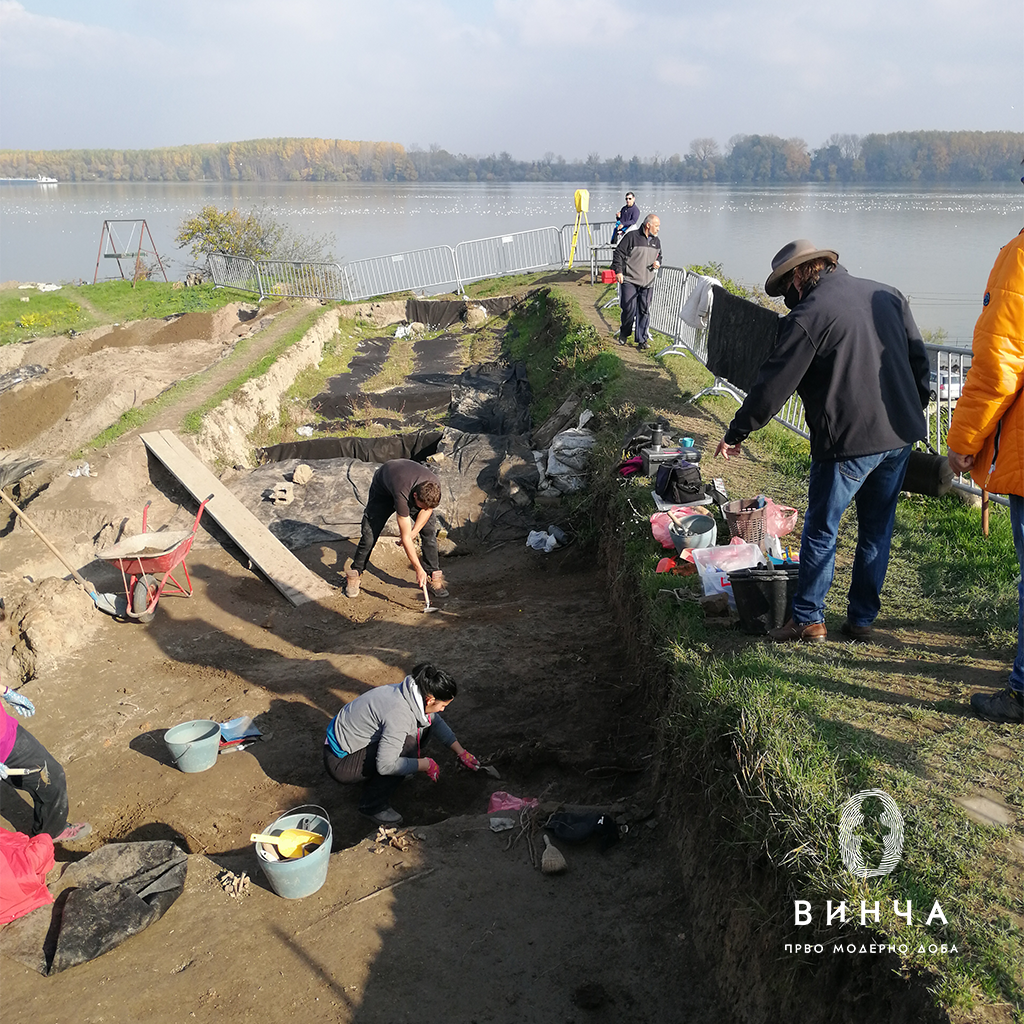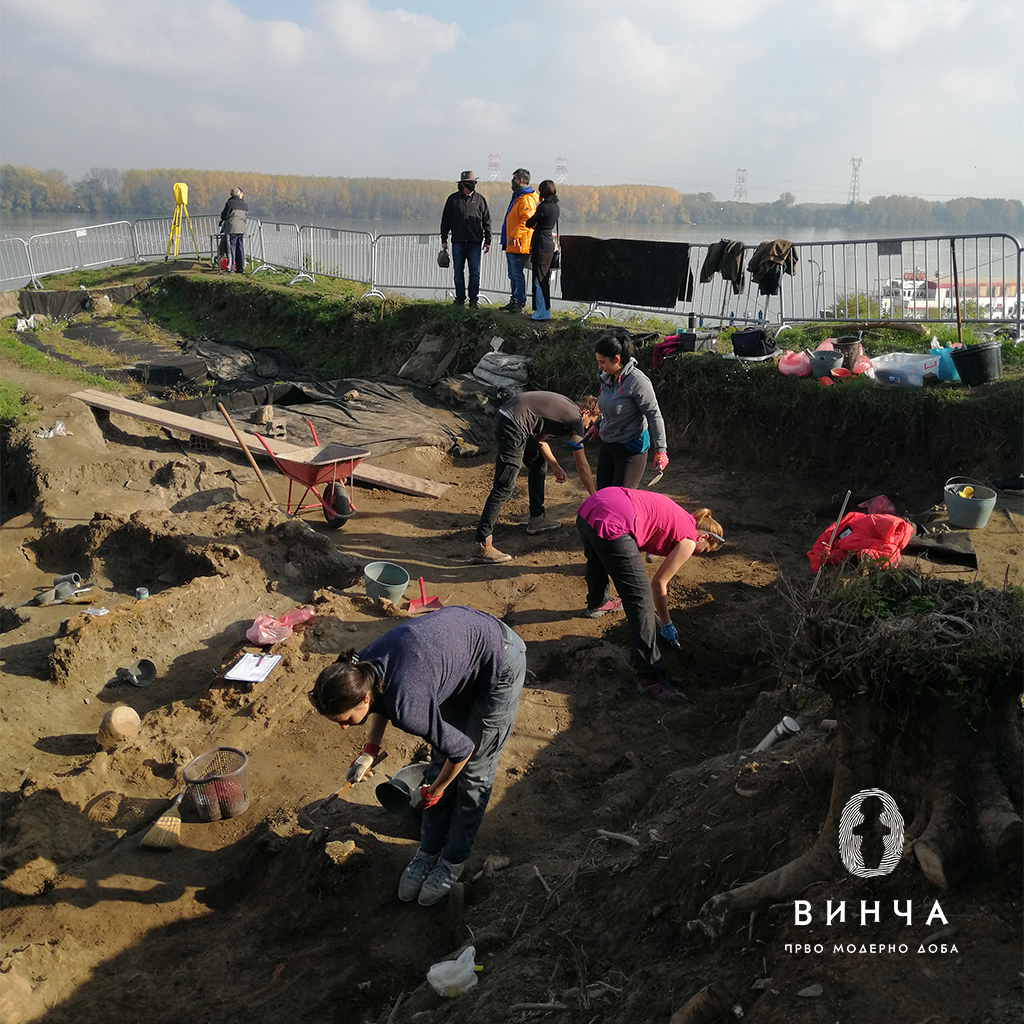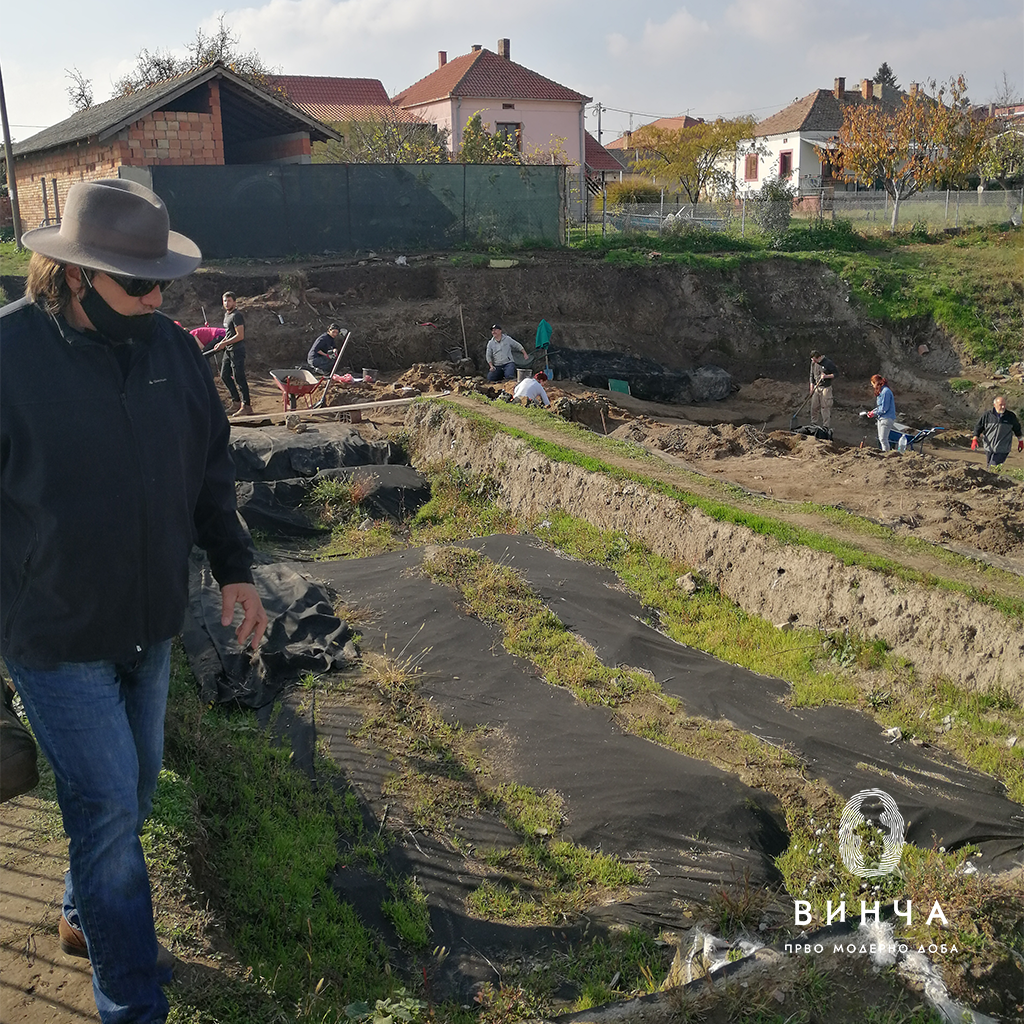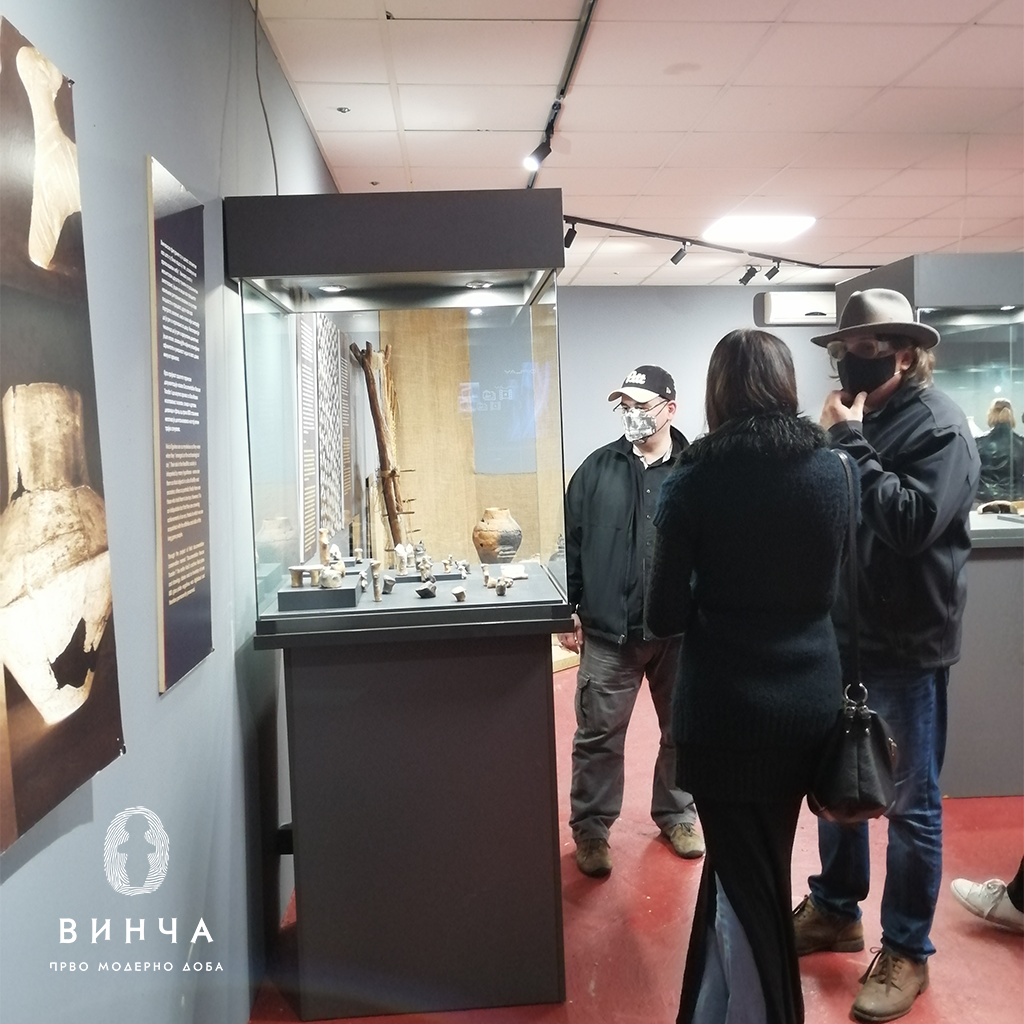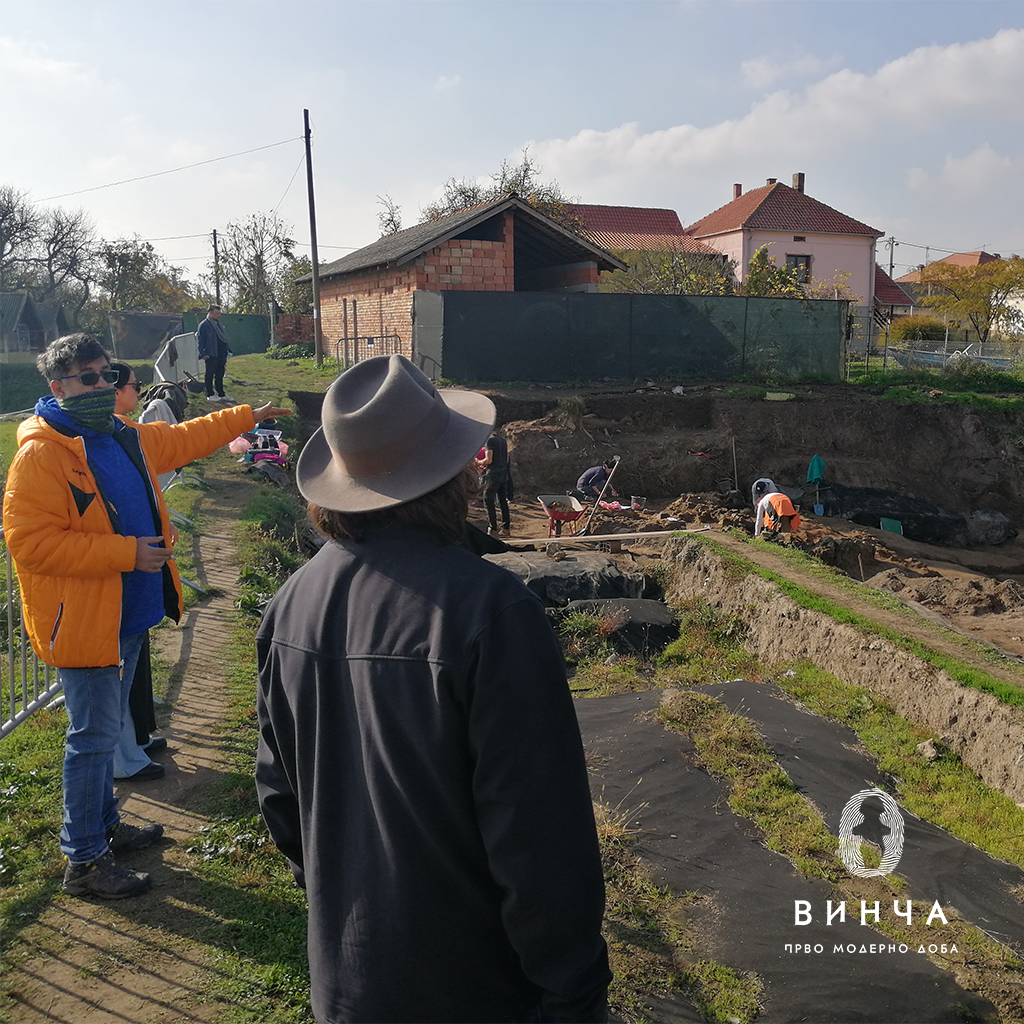After several years of stagnation, research and escavation began again at the Vinča Belo Brdo archaeological site in 2020. The museum was given a new look and a model of a Vinča culture house was also built at the site. The contents of this Vinča house were donated by Antonije Pušić – aka Rambo Amadeus – one of the most famous Balkan singers and songwriters. We invited Antonije to visit the site and share his ideas on how tourism and archaeology are connected. During our chat, we found out many other interesting facts.
- You graduated from studying Tourismology in Belgrade, so you understand both personally and professionally the importance of Vinča Belo Brdo Archaeological site. How important, in your opinion, is the restarting of this excavation process in one of the most significant European and even world localities?
In order to know the direction our society should take, and the possibilities of its prosperity and development, we must know where this journey started. How did the organized societies before us look? We are lucky that one of the most spectacular prehistoric settlements in the world is right here under our nose. In any country, the research, presenting and promoting of such a phenomenon as Vinča would be a priority for culture, education and tourism. We can learn so much from Vinča culture: they were self-sufficient, ecologically immaculate. They were not obviously inclined to organised violence. Their culture survived for almost a thousand years. The Vinča civilisation was actually futuristic, inspite of it being Ancient.




